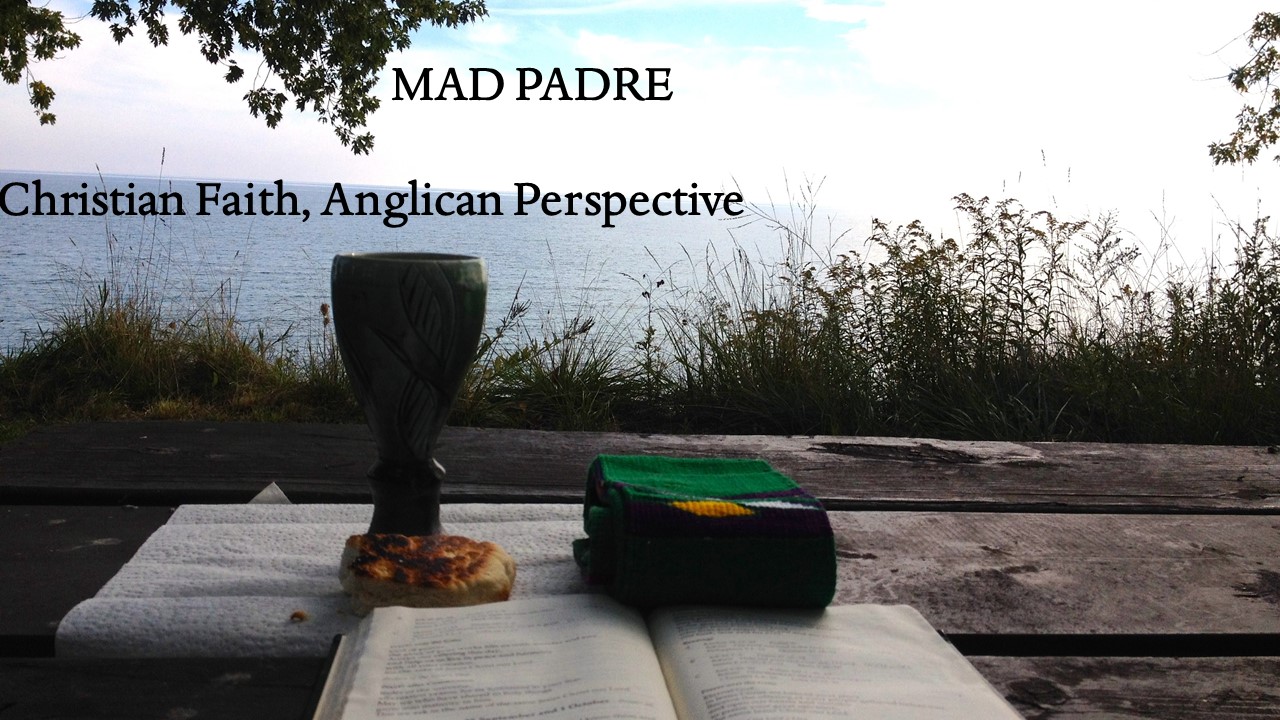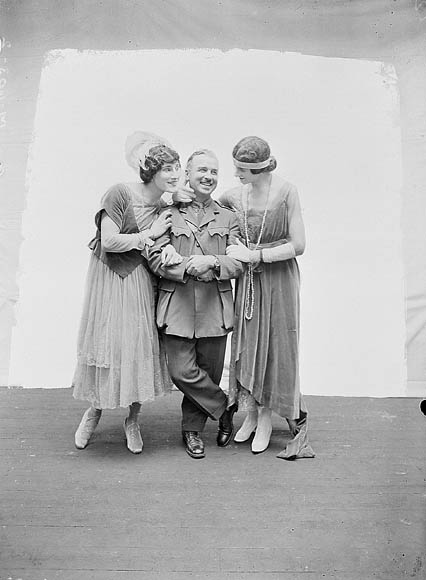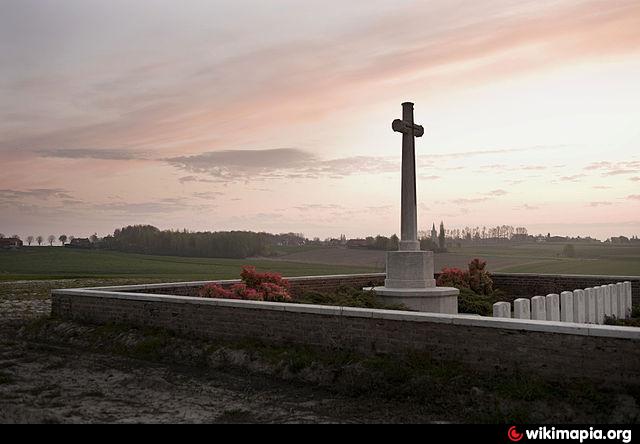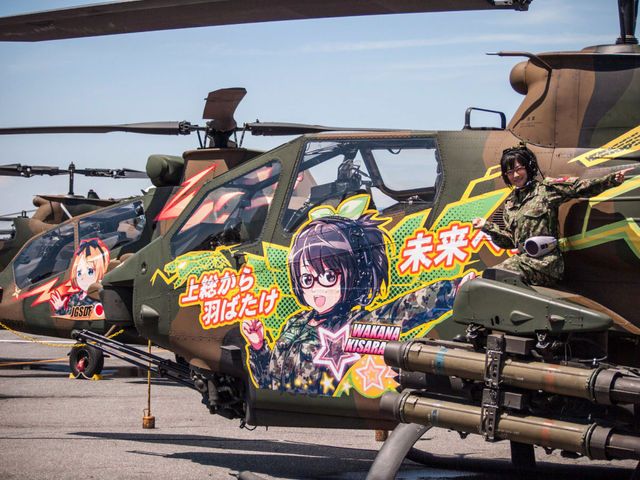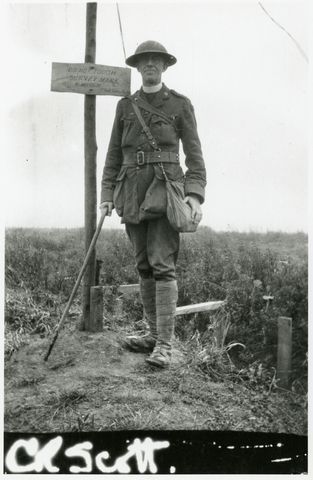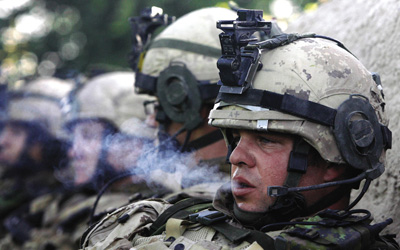Preached at Trinity Anglican Church, Barrie, Ontario, on the First Sunday of Christmas, 27 December 2015
Texts for this Sunday: 1 Samuel 2: 18-20, 26; Psalm 148; Colossians 3:12-17; Luke 2: 41-52
As God's chosen ones, holy and beloved, clothe yourselves with compassion, kindness, humility, meekness, and patience. (Col 3:12)

I hope you didn’t find this under your tree! Unless, of course, you like this sort of thing.
Many of us feel the need to dress to celebrate Christmas. “Don we now our gay apparel” says the old carol, and many people do just that, even if it is with tongue firmly planted in cheek. Some wear santa hats and Christmas ties to work. Others put red noses on their cars and trucks. At the military base where I work, one can even see grizzled sergeants wearing reindeer antlers. The Value Village off Wellington Street even had a sign up advertising tacky Christmas sweaters, which can be fun to wear at parties, even if you don’t want to find them under the Christmas tree.
At the same time, do any of us really want to find a tacky sweater under our Christmas tree? And is there any kind of Christmas present more prone to hazard than clothing? Really, giving clothes is fraught with peril. What if our gift doesn't fit? What if the the recipient doesn’t like the clothes we buy them because they’re not fashionable enough, or the wrong cut or colur? At the same time, none of us want to be that boring aunt or uncle who always gives yet another pair of socks at Christmas. We pity the poor dad who gets yet another ugly tie, and we laugh at the hapless husband who buys something flimsy and quite impracticable for his wife.
So as a thought experiment, let’s imagine what it would be like if God’s Christmas present to us was new clothing? What if there was nothing tacky or wrong with this gift? What if these clothes were stylish and comfortable? What if these were clothes we would want to wear everywhere we go?
Our reading from Colossians tells us to put on new clothes as part of our new life in Christ. Of course the author of Colossians (who may or may not be Paul) is using a figure of speech. He is using clothing as an image of how our relationship with Jesus has the power to change us and the way we live with and treat others.
“As God’s chosen ones, holy and beloved, [clothe yourselves with compassion, kindness, humility, meekness, and patience”.
There are two things I’d like to focus on in this verse. Both of them, I hope, will shed light on the Christmas mystery that we have just celebrated.
The first is that God has reached out to us. Colossians calls us “God’s chosen ones, holy and beloved”. Those words help us understand why Gabriel came to Mary and why the baby in the manger came to be born. God reached out to us, stood with us, because he cares for and loves those who he created. Nobody was expecting this. In the ancient world, the gods were lofty beings, sometimes cruel and uncaring, who had little to do with the physical world. Even Israel, which had been chosen by Yahweh the living God, could not imagine that he would come to earth this way.
Peter Wehner, an ethicist and former politician, wrote in the New York Times this week that Christmas was a revolution in human existence because it gave humans a dignity that they did not give one another. “Christmas teaches us that human beings have worth because we are valued by God, who took on flesh, entered our world, and shared our experiences — love, joy, compassion and intimate friendships; anger, sorrow, suffering and tears.” When you think about, this explains the preaching of someone like Pope Francis. If God loves us, he loves everybody - you, me, the poor, the homeless, the refugee. And if God loves all of us, how can we not love one another? And if we love one another, how can we not care for one another?
The second thing I wish to point out is that we can care for one another because God has changed us. Colossians not only calls us “God’s chosen ones” but it also says that we are “holy”. How did we get to be holy? Was it because we did something to impress God? Well, no. Someone once said that God doesn’t need our good works, but our neighbour does. The gift of Christmas is also the gift of a new way of living that makes it possible to love our neighbour as much as ourselves.
One of the main ideas in Colossians is the idea of the new life in Christ. Col 3:9-10 says that as followers of Jesus we have “stripped off the old self with its practices and have clothed yourselves with the new self”. This is the same idea that we hear in our baptism service. In our passage today, Colossians goes on to describe some of the things that make up our new self, our new identity as Christians. It would take too long to go through each of them, but let me point one thing about the new identity behind this figure of speech of new clothes.
“Clothe yourselves with compassion, kindness, humility, meekness, and patience.” These are all social virtues. By that I mean that you don’t practice compassion in solitude. You don’t go off to a private to be kind and humble. These are all things we do around other people. We are compassionate and kind to those who are in need. We are modest because arrogant and proud people think of their own needs way ahead of the needs of others. We are patient with other people because, sometimes, other people take up our time and energy.
So, if compassion, kindness, humility, meekness and patience are the Christmas clothes we find under the tree, then they are clothes that are meant for wearing wearing in public. We are kind to others. We are humble and meek with others. We are patient with others. These are clothes to wear wherever we go, whatever we do. They are work clothes, lounging around the house clothes, Sunday best clothes. And, in a very real sense, they are a kind of Christian uniform, because its wearing these clothes, acting this way, that others see our faith.
Frankly, people need to see and to benefit from how we live out our faith.
This Christmas Eve, an American psychiatrist and blogger named Scott Alexander posted an essay called “How Bad Are Things?” He was reflecting on the human misery he saw in his practice, and he got to wondering, how many people out there have the problems I see? Is it just that only the most miserable people see psychiatrists, or is that many many people are miserable and only tell their troubles to psychiatrists because nobody else cares?
As an experiment, Alexander studied the probability that people might have a problem that would make their life miserable, including but not limited to poverty, mental illness, abuse, or imprisonment, and then ran the numbers. He concluded that our of every 20 people, 11 out of 20 have some problem that would make their life miserable. That figure does not count all conditions that might make for misery, or the many people too shut in, poor or isolated to ever seek help. Alexander’s conclusion was that “ The world is almost certainly a much worse place than any of us want to admit. And that’s before you’ve even left America.”
As Alexander puts it, if you accept that things are this bad, then you can either ignore this reality, despair, or (his choice) embrace charity and philanthropy. And this is from a man who isn’t (as far as I can tell) arguing from a religious point of view. However, as Christians, we can get behind his conclusion. Alexander’s argument reminds us, as Christians, that the incarnation is a gift for each generation of the faithful to take up every Christmas. We are all chosen. We are all holy. live the gospel together. We are called to be part of a community of the faithful that is kind and compassionate, not just to our fellow believers, but to all those around us. As Trinity Church considers its future, we need to ask ourselves, what misery is there around us? How many people are hidden, isolated, hurting? How can we in our Christian lives reach them?
Let me finish with a final thought about Christmas clothes. In my family the classic Christmas film was A Christmas Carol, the black and white classic with Alistair Sim as Scrooge. In the opening scenes Scrooge is in black, sombre clothing, like the undertaker he sees waiting for his lonely, miserable death in the vision shown to him by the third spirit. At the end, as Scrooge is a changed man, reentering the world, we see him pay a visit to his nephew’s house, and it’s a shock and a joy to see Scrooge in warm, festive clothing, and to realize he’s been transformed into a Victorian dandy. It’s a visual way of showing Scrooge’s return to society and his discovery of the importance of human life.
The same is true of the Christian clothing given to us. If you look under the tree you won’t find a tacky Christmas sweater. You’ll find beautiful, comfortable, festive clothing, far more costly than any designer label would be, clothing that will be a delight to us and to those around us. So, on this First Sunday of Christmas, let us consider the gift of new life that God has given us. Let’s put on this new life, wear it with pride, and show it to others who need that new life. Amen.
